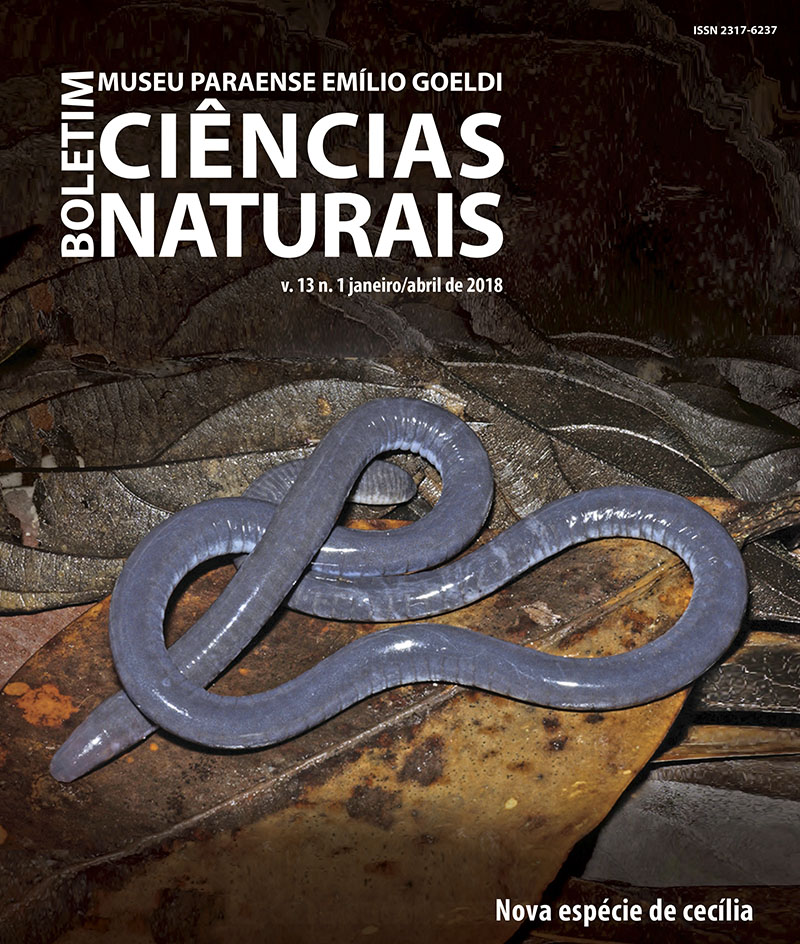In vitro propagation and seedling acclimatization of Caesalpinia ferrea Mart., a valuable medicinal plant in the Amazon (Fabaceae)
DOI:
https://doi.org/10.46357/bcnaturais.v13i1.368Keywords:
Biotechnology, Conservation, Cell regeneration, Plant multiplicationAbstract
The objective of this work was to establish a protocol for the rapid in vitro multiplication of Caesalpinia ferrea Mart., aimed at genetic selection and in vitro germplasm conservation. Seeds treated in different sodium hypochlorite solution concentrations were inoculated in Murashige and Skoog (MS) culture medium and maintained in a growth room. After 30 days, sodium hypochlorite at 0.25% concentration resulted in 96.67% survival and 90% germination of the seeds. In the explants multiplication phase three types of medium culture were evaluated supplemented with cytokinins and auxins in different concentrations and combinations. The addiction of 0.1 mg·L-1 Benzylaminopurine (BAP) and 0.1 mg·L-1 Indole butyric acid (IBA) induced 100% of explants with shoots and 32% with root formation, while a complete absence of callus was found. It was observed that 90% of explants derived from the buds developed shoots with 2.73 cm and greater multiplication rate (10.06). The seedlings obtained from in vitro multiplication were acclimated without the presence of roots in different types of substrate. After 60 days, soil substrate was most indicated for acclimatization, showing 63.33% of healthy and uniform plants. In vitro propagation of C. ferrea allows the establishment and multiplication of in vitro seedlings from nodal segments and axillary buds.
Downloads
Published
Issue
Section
License
Publication means fully assigning and transferring all copyrights of the manuscript to the journal. The Liability Statement and
Assignment of Copyrights will be enclosed with the notice of acceptance. All the authors must sign the document and return it to the journal.








